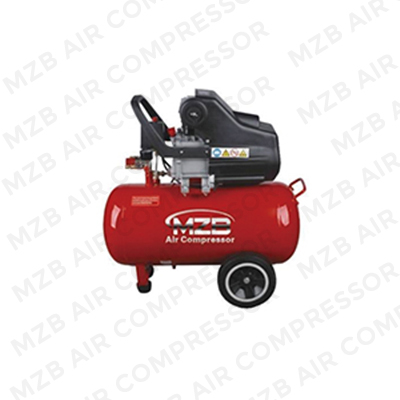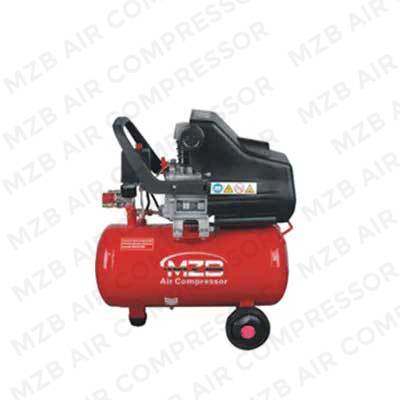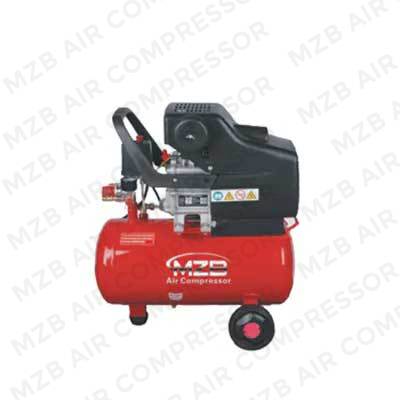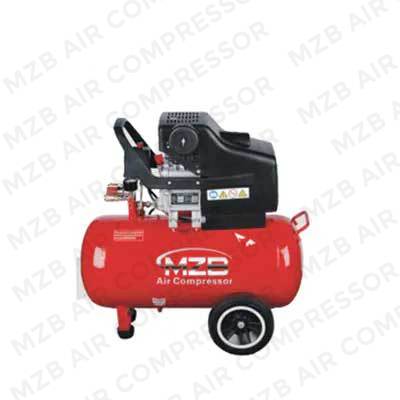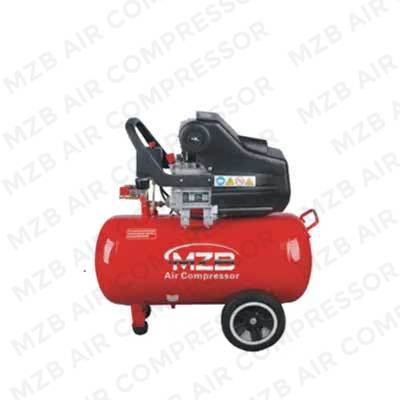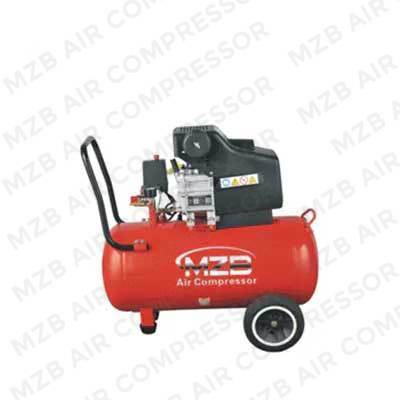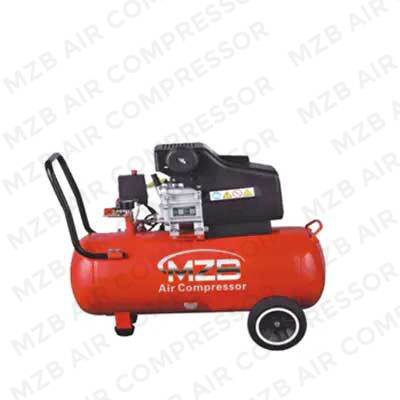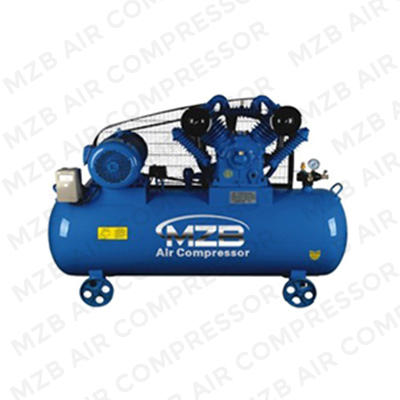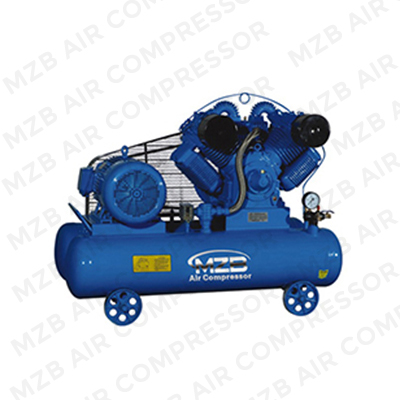When working with a screw air compressor, it is important to prioritize safety to prevent accidents and ensure the well-being of the operators. Here are some key safety considerations to keep in mind:
Familiarize Yourself with the Equipment: Read and understand the manufacturer's manual and instructions before operating the screw air compressor. Be aware of the specific model you are working with and any unique safety precautions associated with it.
Proper Installation and Maintenance: Ensure that the compressor is correctly installed, grounded, and connected to a suitable power supply. Regularly inspect and maintain the compressor according to the manufacturer's guidelines to prevent malfunctions and hazards.
Personal Protective Equipment (PPE): Always wear appropriate PPE, such as safety glasses, ear protection, gloves, and steel-toed shoes, when operating or working near the compressor. The PPE requirements may vary depending on the specific work environment and the associated hazards.
Ventilation: Adequate ventilation is crucial when using a screw air compressor to prevent the buildup of harmful fumes or gases. If the compressor is operating in an enclosed area, ensure proper ventilation or use exhaust systems to maintain air quality.
Lockout/Tagout Procedures: Before performing any maintenance or repair tasks on the compressor, follow proper lockout/tagout procedures to isolate the power supply and release any stored pressure in the system. This prevents accidental startup or unexpected release of compressed air.
Pressure Release: Never disconnect any hoses, fittings, or components while the compressor is pressurized. Before performing any maintenance or repairs, release the pressure from the system using the designated pressure release valves.
Proper Handling of Compressed Air: Treat compressed air as a potential hazard. Do not use compressed air for cleaning purposes unless it is regulated to a safe pressure and appropriate nozzles or blow guns are used. Never direct compressed air towards yourself or others.
Fire Safety: Keep the compressor and surrounding area free from flammable materials and ensure the compressor has adequate ventilation to prevent overheating. Have fire extinguishers nearby and know how to use them in case of an emergency.
Training and Supervision: Ensure that operators are properly trained in the safe operation of the screw air compressor. Supervision and periodic refresher training can help reinforce safety protocols and prevent misuse.
Emergency Procedures: Establish and communicate emergency procedures to deal with potential accidents or malfunctions. This includes knowing how to shut down the compressor in an emergency and having clear communication channels for reporting incidents.
Remember, these are general safety considerations, and you should always refer to the manufacturer's instructions and any specific safety guidelines provided for the particular screw air compressor model you are working with.
aircompressormanufacture.com

 English
English Español
Español русский
русский